Diseases and pests of cucumbers in the open field
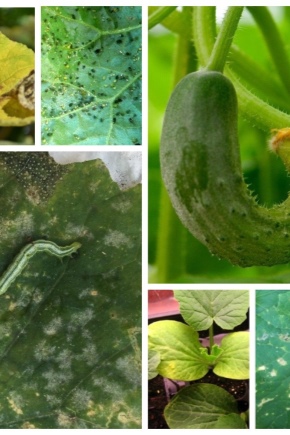
Growing cucumbers in the open field (as well as in a greenhouse), you should be prepared for various diseases of the culture. It is logical that it is better to diagnose them at an early stage in order to get out of the fight with the disease with the least loss.
Description and treatment of diseases
Let us consider in more detail the most common diseases and alternative methods of their treatment.
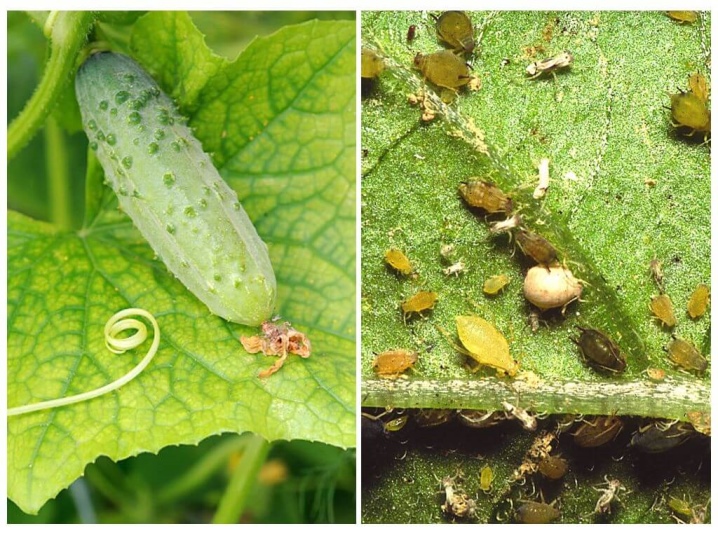
Peronosporosis
Peronosporosis is a disease that affects crops during fruiting.... One of the conditions for the development of the disease is fever. The more widely known name for the disease is downy mildew.
Initially, the symptoms are reduced to the appearance of irregular whitish stains on the surface of cucumber leaves. After a while, they turn yellow. With high humidity on the underside of the leaf, the spots become bluish-purple, and sometimes even black. With normal air humidity, this does not happen. This is the reason why the disease is sometimes confused with angular spotting.
In the risk zone of plants, on the leaves of which drops appear at a temperature of 18-22 ° C. It can be water, dew or fog, and these drops last up to 8 hours. During this time, the fungal flora is formed, which spreads with cosmic speed, capturing an increasing part of the culture.
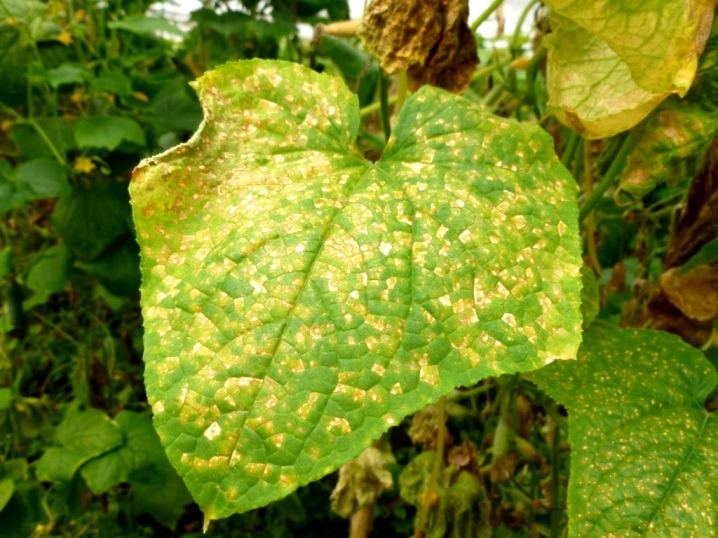
To prevent the spread of downy mildew, first of all, compliance with the humidity and ventilation regimes will help. "Heavy artillery" will be the use of drugs based on Extrasola and Novosila... It is also important regularly tear off and destroy leaves where there is a single lesion.
Treatment of the ground parts of the plant with a solution of whey will also be effective.
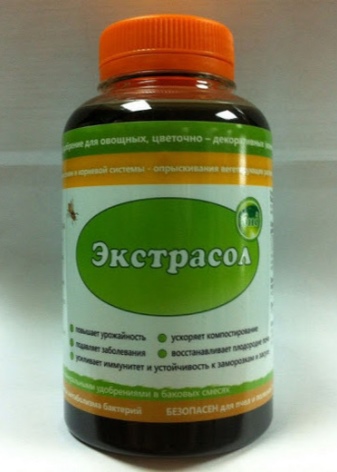
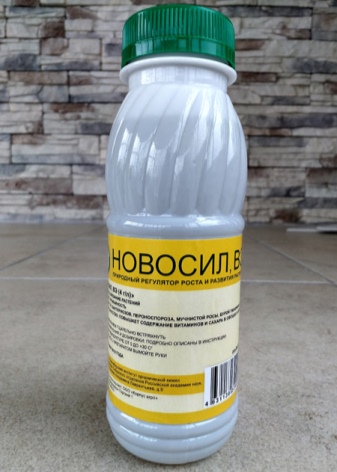
It will be a mistake to use copper-containing drugs for the treatment of peronosporosis, since these drugs are ineffective in the fight against the disease.
Planting varieties resistant to peronosporosis, such as Shchedrik, Merenga, Khrustik, and Kum da Kuma, will help reduce the likelihood of infection.
Cladosporium
Disease, the main trigger of which is high humidity and heat. Cladosporiosis often occurs in the southern regions and affects cucumbers in the open field. Growing crops in a dry greenhouse significantly reduces the development of pathology.
The fungus usually affects young fruits, less often leaves and stems. The disease manifests itself in the form of small spots of brown and brown shades, forming a network. Because of this, gardeners call the disease "olive spot". Over time, dry patches and scabs appear at the site of the stains.

It is necessary to treat cucumbers starting with the regulation of moisture indicators - to achieve drying and warming up of the plant. You can use a 1% solution of Bordeaux liquid for spraying cucumber bushes.
Quite good results are obtained by treatment with copper oxychloride (solution in a concentration of 0.3-0.4%). Processing for the season is carried out 3-4 times, between procedures maintain an interval of 12 days.


It is important not to forget about preventive measures: after harvesting, destroy the cucumber grass, process the soil and tools before planting in the ground and after picking cucumbers.
Root
Root rot is another ailment associated with a violation of the agricultural technology of growing cucumbers... The disease is characterized by damage to the root system due to abundant watering.The result is an increase in soil moisture and a decrease in oxygen levels. The consequence of this imbalance is the weakness and instability of the roots against phytopathogens. Further, the concentration of salts in the soil increases, the roots rot.
The causative agents of the disease first appear on dry, dead areas of the roots, and then capture healthy areas.
One of the clear signs of root rot is dry, lifeless stem. In hot weather, leaves can fly from cucumber bushes. They also dry out, fall off. If you dig up the root, then its defeat is obvious - the system seems to be struck with brown burns.
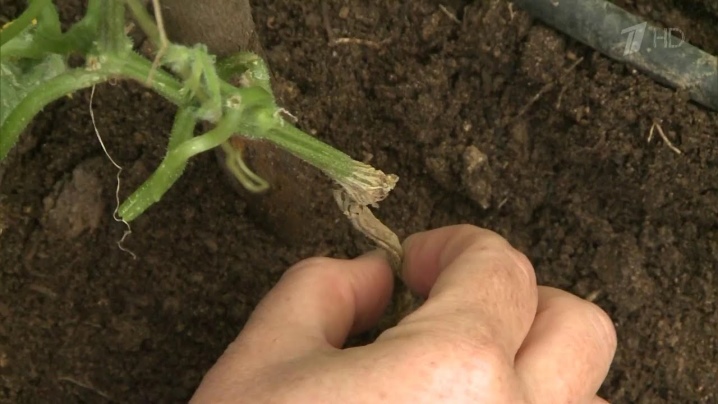
If a diseased plant is found, it must be dug up by the root and destroyed. Otherwise, a chain reaction will go, and more and more bushes will become infected.
It is important to reduce the frequency of watering, you can add bleach to the soil - an average of 150 g per 1 sq. m. After this procedure, the soil is loosened with a rake.
Before each season, you need to update the soil, after harvesting - to clean up the site, prepare the soil for winter.
Water the cucumbers with warm water. Cold is not absorbed by the roots, which leads to its stagnation in the soil.
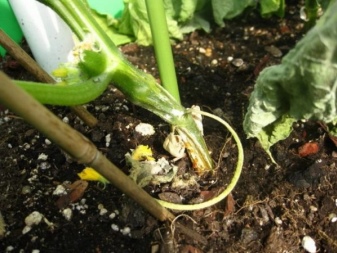

It is recommended to dust the lower leaves of the culture using chalk, sawdust, peat or sand.
Powdery mildew
This is a type of fungal disease in which the leaves are attacked by a white bloom. Visually, it is similar to frost. In addition to leaves, fruits and stems are also affected.
At first, the plaque looks like a translucent mycelium, but over time it loses its transparency, becomes white and dense.
The danger of the disease is that because of it, the growth of the plant stops, it does not bear fruit and dies.
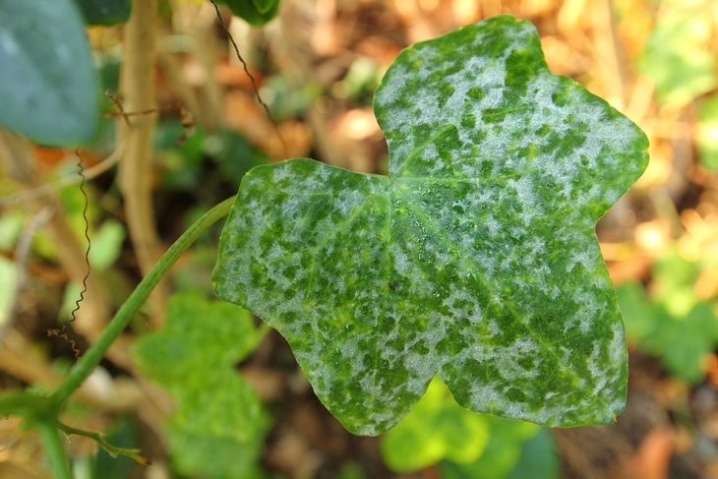
For treatment, you can use fungicides and biofungicides. The most popular is "Planriz", which is effective in combating fungus, but does not harm the plant.
Sclerotinia
The disease is more commonly known as "white rot", which is associated with the peculiarities of the symptoms of the disease. At first, white bodies can be seen on the affected areas, which then darken, and sometimes turn black.
The next stage is the appearance of a white bloom, which spreads not only to the leaves, but also to the stem and fruits. After that, the affected parts soften, become as if covered with mucus.
Among the reasons for the development of white rot are the appearance of a fungus and a violation of the humidity regime. These fungi successfully overwinter in the soil, and with increased soil and air humidity, the spores of the fungus are activated, and active reproduction begins.
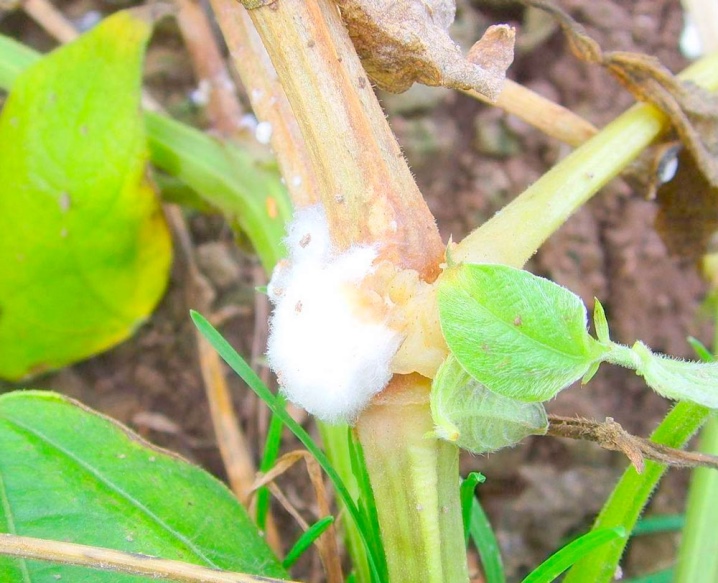
Treatment is reduced to the removal of the affected areas - they are cut off or cut off until healthy areas. Sections can be processed with crushed charcoal or lime. If the disease has literally captured the entire plant, it is better to get rid of it.
Feeding cucumbers with a solution based on urea (10 g), zinc sulfate and copper sulfate will also be effective (the last components are taken 1 g each). These ingredients are diluted in 10 liters of water.
It is important not to neglect preventive measures - to observe crop rotation (it is allowed to plant cucumbers in the old place only after 4 years), not to thicken the planting, not to throw some of the plants and weeds near the beds.

White mosaic
A dangerous strain, which can be recognized by the state of the leaves: whitish spots, yellowish rings, and also spots in the shape of a star appear along the veins. They rapidly increase in size and acquire an increasingly pronounced whitish color. Over time, the entire leaf turns white. Fruits can be affected in a similar way.
Seeds may be infected, then the disease manifests itself a couple of weeks after planting seedlings in the ground.
Also, spores can persist in plant debris and soil. The insidiousness of spores is in their ability to remain viable for a long time. Once on cucumbers, they spread very quickly. So, when infected through the soil and plant debris, the pathogenic flora affects the seedlings after 20 days.
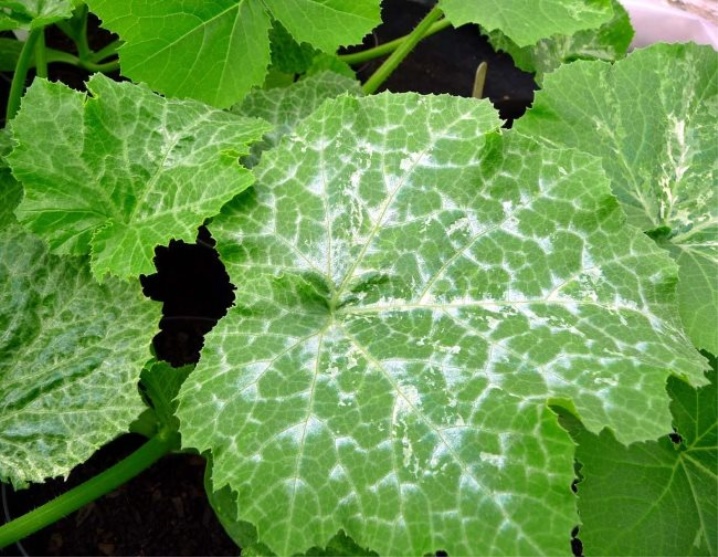
Ascochitosis
The disease, the danger of which lies in its ability to infect large areas and high speed of spread. If you skip the first symptoms, and do not start treatment on time, you can lose half of the crop or more.
The first stage of the disease is the appearance of green watery spots on the stems of the crop. The spots then turn white and dry.
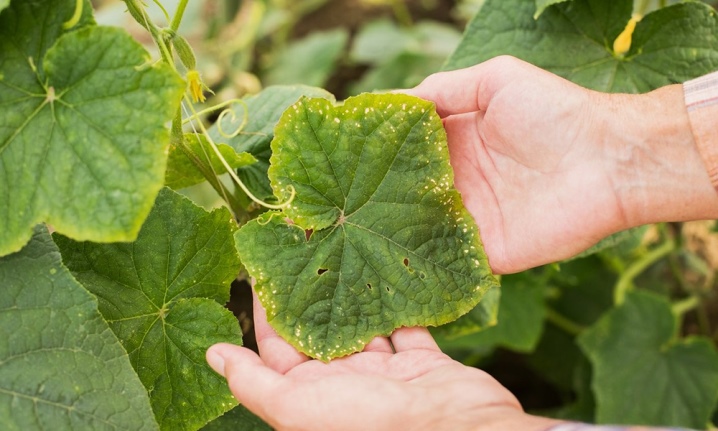
Gradually, the whole plant becomes covered with spots that dry and crack. A brownish or whitish liquid pours out of the cracks.
Leaves dry and fall off. As a rule, the vascular system is not affected, so for some time the plant can still bear fruit. In more advanced cases, cucumbers turn black and rot right on the bush.
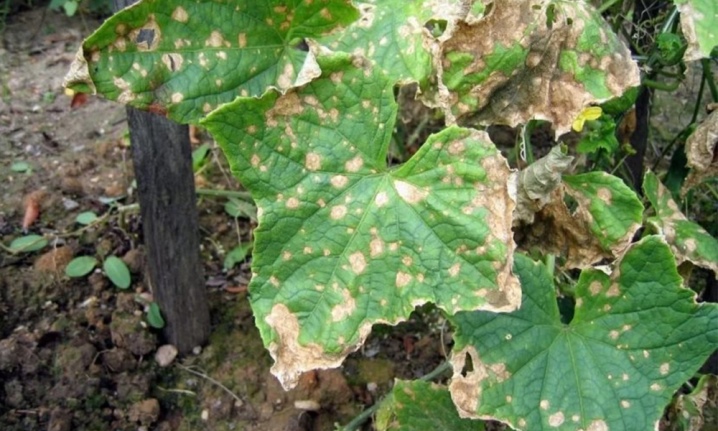
Also, fruits may have brownish spots or deep ulcers on the surface. In both cases, they are covered in mucus.
Ascochitis is called a disease of weak immunity. And its decrease is associated with watering plants with cold water, temperature changes. In addition, the disease can develop due to seed contamination.
As a treatment, the affected plant parts should be removed and disposed of. The tops can be sprayed with a solution of copper sulfate.
Besides, do not neglect the recommendations to plant cucumbers every time in a new place, as well as pickle the seeds before planting.
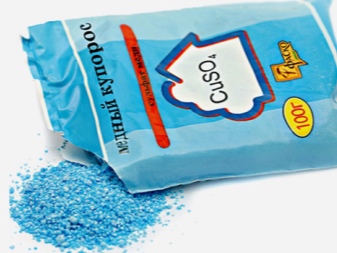
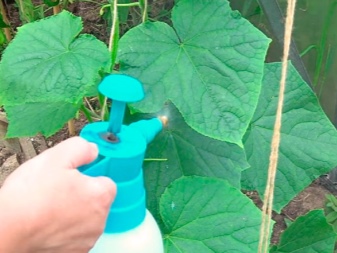
Anthracnose
The reason for the appearance of anthracnose or copperhead is microscopic fungi of the Colletotrichum family. The disease affects many cultures, and it is dangerous throughout the entire period of growth.
Greenhouse plants are more often affected. However, open field cucumbers are also not 100% protected.
The fungus is transferred along with unharvested grass, less often - insects, wind or rain.
Spores are activated at a temperature of 24-30 ° C and an air humidity of 90%. That is, as in most cases, the main reasons for the defeat of the copperhead is the violation of agrotechnical recommendations in conditions of high air humidity and high temperatures.
Initially, the fungus affects the root collar - spots appear on its surface, as if deepened inward. They are brown and deepen over time. As a result, the stem of the plant breaks.
And also spots can cover single leaves, which makes the disease difficult to detect in the early stages. Gradually, light brown spots increase in size and cover all leaves. The plant seems copper-brown, emaciated, holes appear on some leaves, the edges of the leaf plates are pitted, uneven.
If you do not stop the spread of the fungus, then it gets over on the ovary, more and more holes are formed. In dry weather, the plant begins to dry out, in wet weather, it rots.
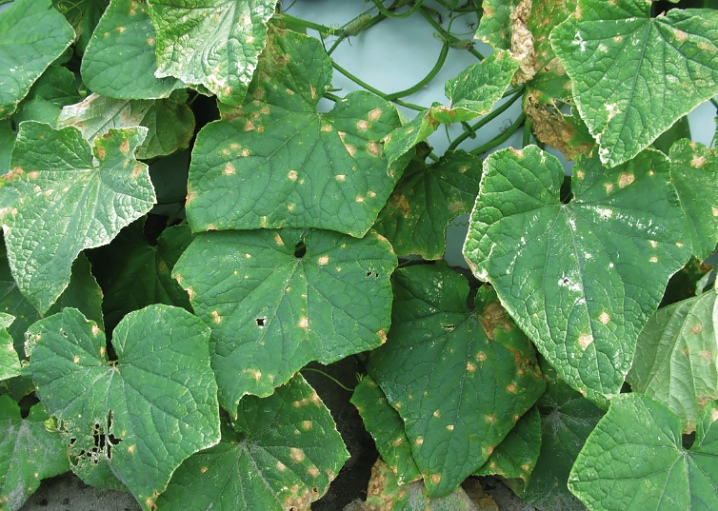
If the disease affects the seedlings, it is removed and destroyed. The plot of land is treated with fungicides. If the plant is sick during the growing season, it is sprayed with Bordeaux liquid, it is permissible to use fungicides. Previkur Energy, Topaz, Fitosporin have demonstrated their effectiveness in the fight against anthracnose.
You can spray the cucumbers with a solution of copper sulfate, and then - with an aqueous solution to which charcoal is added.
Treating seeds before planting will help prevent seed infestation. To do this, you can use the same Bordeaux liquid or potassium permanganate solution. It is worth paying attention to the varieties of hybrids that are resistant to this ailment.
Thorough harvesting of the tops after harvest and deep digging of the site in the off-season will help prevent contamination through the soil. Finally, the principles of crop rotation should be observed - it is unacceptable to plant cucumbers in the same place earlier than 3 years later.
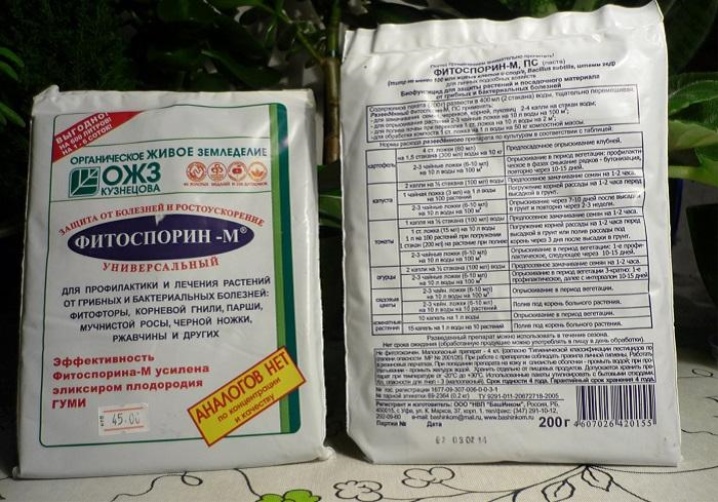
The main pests and control of them
In addition to diseases, insect pests can also deprive the gardener of the harvest.
Among those - aleirodida, better known as the whitefly. The pest got its name from its appearance - a small white flying midge. It feeds on sap and settles on the back of the leaves.You can suspect a pest by the appearance of a white bloom on the leaves, yellowing of the leaves and their falling off.
In the fight against whitefly processing of cucumbers with a solution of soda, copper sulfate, ash will be effective. If ovaries appear, it is recommended to use "Fitoverm", "Verticillin" or similar protective equipment. In case of severe damage, chemical preparations.
A fairly common pest is spider mite... It braids the lower part of the plant with a cobweb, after which spots of yellow and silver shades appear on the leaf plate.
Regular (every couple of days) inspection of plants will help prevent the multiplication of spider mites. If a cobweb is found, the leaves must be torn off and burned.
If the cobweb becomes more and more, processing with an infusion of onions or garlic, ash, copper sulfate will help.

A parasite that destroys the root system - rootworm nematode. This is a small worm that infects the roots and provokes the appearance of thickenings on them. Such a plant begins to turn yellow, dry and wither.
One of the simplest ways to destroy the pest is to pour boiling water over the beds, and then cover them with black film for 5-7 hours. This method is applied before planting seedlings.
Nematodes do not tolerate legumes, so this crop can be planted near the perimeter of the garden bed. If the plant is nevertheless infected, then during the fruiting period, biological products are used, in other periods it is permissible to use "Rogor", "Dimethoat".
A common pest - melon aphid. You can see it on the back of the leaf - small black dots (adults) and yellow (larvae).
Aphids settle in colonies, feeds on plant sap, and is also a carrier of viruses.
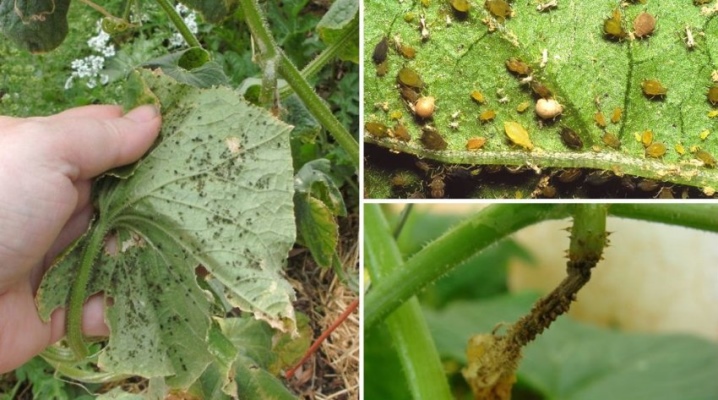
You can fight pests by spraying with a solution of laundry soap and ash or a solution of tobacco. In case of severe damage, insecticides will help.
Prophylaxis
Among the first preventive measures should be highlighted cleaning the site in the fall and preparing it in the spring... This is a reliable protection against spores of fungi and insects, which are able to withstand even severe frosts while in the soil. It is unacceptable to leave parts of the plant on the site, create compost pits in the place of future beds. In autumn and spring, deep digging of the soil is carried out.
If there have already been cases of infection with this or that disease, it is better to choose seeds that are resistant to such a disease. An important point is not to plant cucumbers in the same place from year to year. You can return to the previous location only after 3-4 years.
Before planting seeds, they should be treated by keeping them in a solution of potassium permanganate or a special composition. When planting seedlings in the ground, it is important not to thicken the planting.
For watering plants, use water with a temperature of 20-22 ° C. When watering with water below 18 ° C, most likely, it will not be possible to protect cucumbers from the appearance of root rot and powdery mildew.
Proper care (weed control) will help protect your cucumbers outdoors from pests.
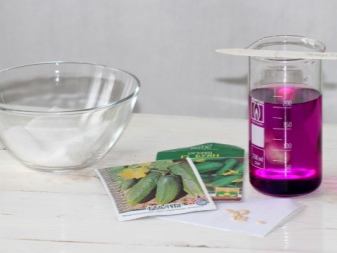
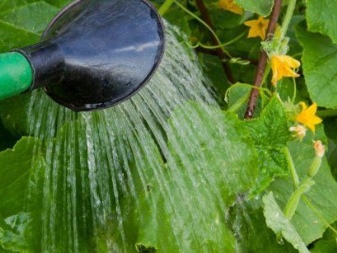













The comment was sent successfully.